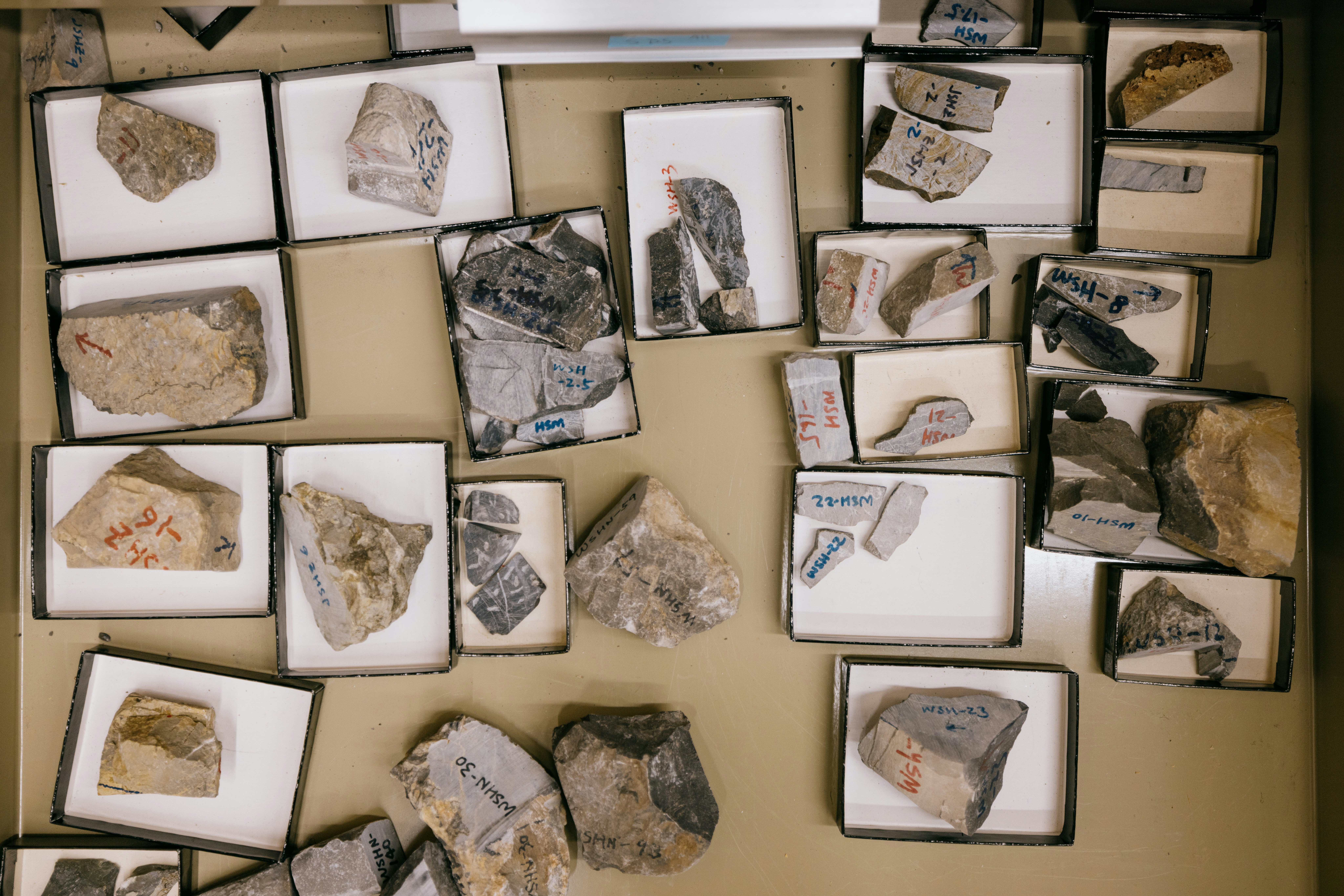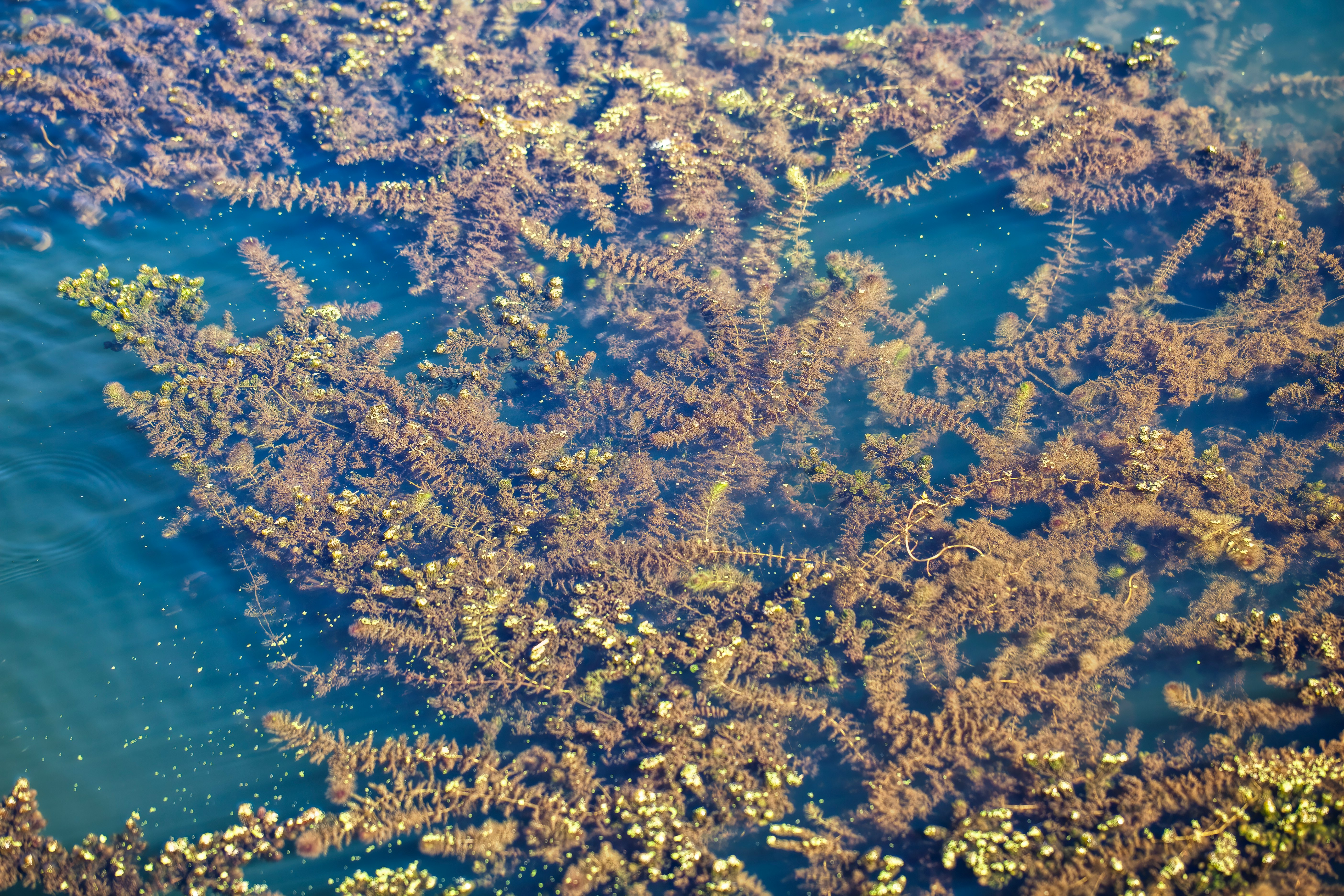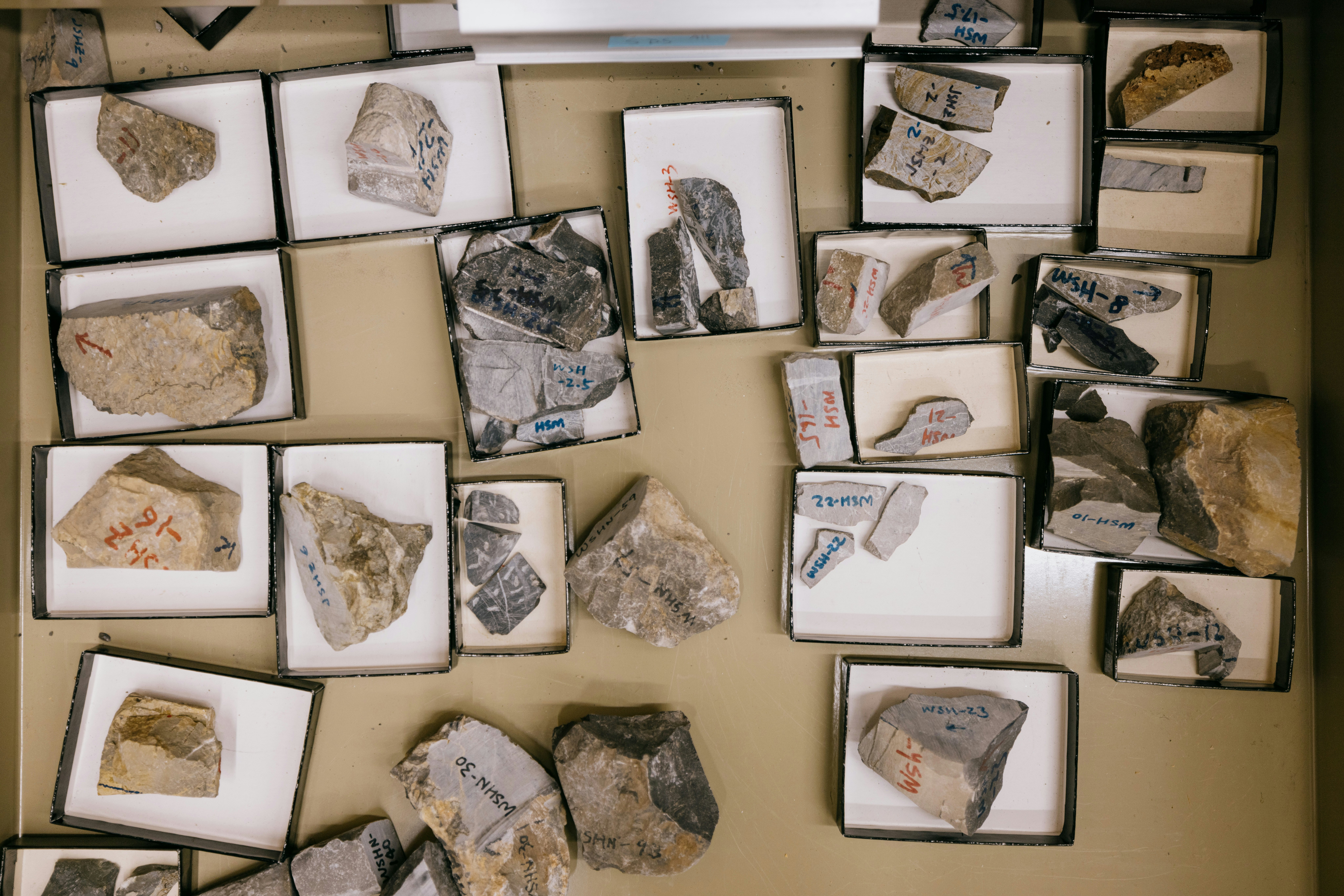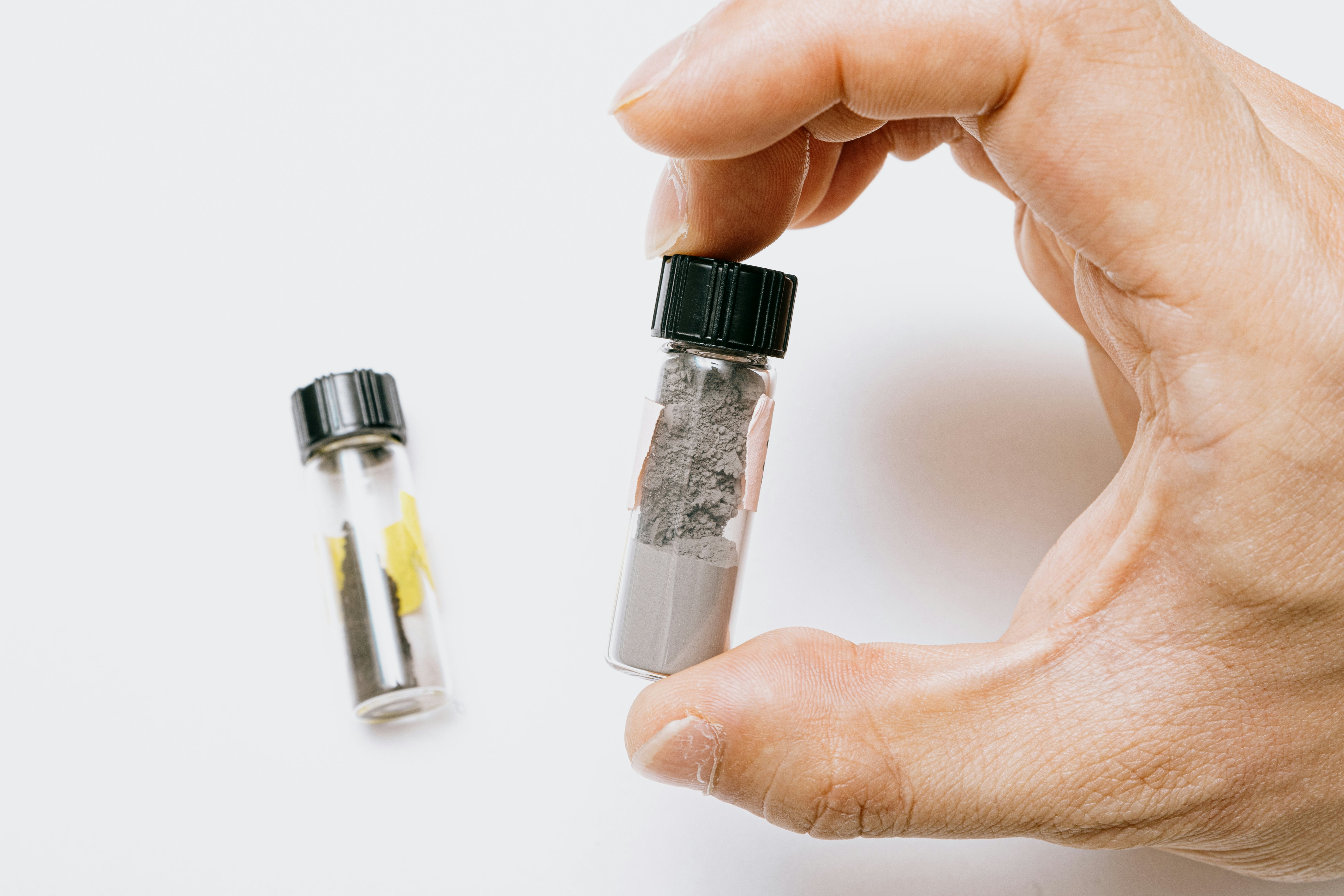
Long before plants and animals existed, Earth was dominated by microscopic organisms called prokaryotes. They lived simple, single-celled lives, soaking up nutrients in the oceans billions of years ago.
But Earth’s changing environment later gave rise to another type of organism: eukaryotes. These cells boasted more complex architecture, and grouped together to form tiny multicellular organisms, which became the basis for all plants and animals we know today.
It’s no wonder that scientists want to know what conditions on early Earth helped eukaryotes evolve, and eventually proliferate. Writing today in the journal Science Advances, researchers from Virginia Tech and Nanjing University in China investigate how one key element, nitrogen, helped kickstart the spread of eukaryotes 800 million years ago.
Not only do the results illuminate a critical time in Earth’s past, but they could also help us predict future conditions on our planet. And knowing how early life got its start here could show us what to look for when searching for life on other planets, too.
Digging into the past
The first eukaryotes evolved around two billion years ago, but didn’t become widespread until much later.
“That raises a question that has been sort of bothering us,” Virginia Tech geobiologist Shuhai Xiao tells Inverse. “Oftentimes, when a new group of organisms [evolve], that's immediately or very quickly followed by explosive radiation.”
But eukaryotes kept a “low profile” until about 800 million years ago, says Xiao, who is a co-author on the new study. Around that time, eukaryotic organisms became more abundant and diverse, as shown by the fossil record.

The big question, then, is what changed in order for eukaryotes to suddenly explode in numbers. One idea, according to Xiao, is that certain nutrients became more available in the oceans around that time. Elements like phosphorus, nitrogen, and carbon are essential for life — without them, even the smallest organisms can’t survive. So Xiao and colleagues wanted to better understand if the oceans saw any significant chemical changes around 800 million years ago. To do that, they analyzed rock samples to piece together which elements would have been abundant and scarce.
Finding nitrogen
All the rocks analyzed in the new study came from sites in the North China Craton, a region that was once covered by an ocean. With the right tools, researchers can extract trace elements from rock samples in order to determine which ones saturated past environments.
In many studies of early life on Earth, phosphorus is seen as the main element that limits the growth and development of cells. But Xiao and colleagues were curious about the role that nitrogen may have played in this process.
However, there was a significant lack of data on nitrogen content in ancient rocks. That’s because “most rocks have very little nitrogen,” according to Xiao. Extreme heat and pressure over billions of years can sever the bonds between nitrogen and organic carbon, making the former nearly untraceable.

But the right rocks — namely those with more organic carbon that have experienced less heat — will have just enough nitrogen for researchers to detect. Clay, which helped protect the rocks in the North China Craton, also played an important role in keeping nitrogen from escaping, Xiao says.
“The clay can sort of re-capture the nitrogen that would otherwise be lost,” he explains.
Extracting elements from the rock samples in the lab showed the researchers that there was a significant increase in nitrogen content in the ocean around 800 million years ago. Because of this notable jump, they believe that nitrogen likely played an essential role in boosting eukaryotic life.
We know that some of today’s prokaryotic organisms, like bacteria, are capable of absorbing nitrogen from the air. But eukaryotic organisms are not. In the primordial oceans, a significant jump in bioavailable nitrogen would have been a boon to eukaryotic life, and the lack of it would have limited their growth.

Xiao notes that the results don’t negate the importance of other elements like phosphorus. Rather, the two elements likely worked in concert with other environmental changes to allow eukaryotes to proliferate and diversify.
Looking back to look ahead
Understanding the role that nitrogen and phosphorus played in early life isn’t just important for understanding the origins of living things on Earth. The new report was partially funded by a NASA exobiology grant, as the results could help astrobiologists search for life on other planets.
That search involves researchers looking for certain chemical compounds in the atmospheres of distant worlds. Elements like phosphorus and nitrogen are a critical part of that search, since they are the building blocks of RNA and DNA.
The new study could also inform scientists about future climate conditions on our planet. Learning how nitrogen content changes in the oceans over time could inform new ocean models and help us predict future environmental changes on our planet.
“We look at rocks for the same reason that a stock trader looks at the stock market curves,” Xiao explains. Studying the geological history of Earth gives context to understand what might come next.
“The geological S&P 500 curve is written in the rocks,” he says.







